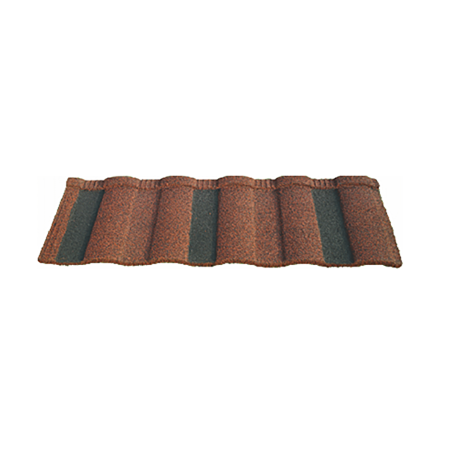
Nov . 24, 2024 16:33 Back to list
rolled asphalt roofing installation
The Comprehensive Guide to Rolled Asphalt Roofing Installation
Rolled asphalt roofing, commonly referred to as roll roofing, is an economical and efficient option for flat or low-slope roofs. With its easy installation, it has grown in popularity among homeowners and contractors alike. This article will guide you through the process of installing rolled asphalt roofing, covering tools, materials, and steps to ensure a successful installation.
Tools and Materials Required
Before beginning your installation, gather the necessary tools and materials
Tools - Utility knife - Measuring tape - Straightedge or chalk line - Roofing nails or staples - Hammer or roofing nail gun - Roller or broom (for smoothing) - Safety gear (gloves, goggles, and non-slip shoes)
Materials - Rolled asphalt roofing (choose a quality product that suits your climate) - Roofing felt (optional for extra moisture protection) - Roofing adhesive (optional) - Underlayment (for added insulation)
Preparing the Roof
The first step in the installation process is to prepare the roof surface. Ensure it is clean, dry, and free from debris. Remove any old roofing material, nails, or screws that could cause unevenness. Any protruding features like vents or chimneys should be accounted for and protected.
If your roof has not been previously covered, you may want to lay down a layer of roofing felt. This underlayment adds an extra barrier against moisture, enhancing overall durability.
Installing Rolled Asphalt Roofing
rolled asphalt roofing installation

1. Measure and Cut Begin by measuring the length of your roof. Unroll the asphalt roofing material to the required length and cut it accordingly using a utility knife. Ensure that you leave a small overhang at the edges for optimal protection.
2. Positioning the First Roll Start at the lowest part of the roof and lay down the first roll. Unroll it from one edge to the other, making sure it is straight and aligned properly. If you’re using adhesive, apply it according to the manufacturer's recommendations.
3. Securing the Roll Secure the roll in place using roofing nails or staples. Place nails approximately 12 inches apart along the edges, and make sure to cover each seam properly. For added security, consider applying a bead of adhesive along the edges of the seams.
4. Laying Additional Rolls For subsequent rolls, overlap the edges by at least 2-4 inches. This overlap prevents moisture from seeping in through the seams. Follow the same process of aligning, securing, and cutting the rolls until the entire roof area is covered.
5. Finishing Touches Once the full roof is covered, check for any bubbles or trapped air beneath the roofing material. Use a roller or broom to smooth these out. Seal any exposed edges with roofing adhesive to ensure they are watertight.
6. Inspecting the Installation After the installation, it's vital to inspect your work. Check for any loose seams or areas that may need reinforcement. Pay special attention to penetrations like vents and chimneys, ensuring they are adequately sealed.
Maintenance and Longevity
Once installed, rolled asphalt roofing requires minimal maintenance. Regular inspections, especially after heavy storms, will help identify any potential issues early. Cleaning debris off the roof and checking for punctures or wear will further enhance its lifespan.
Conclusion
Installing rolled asphalt roofing is a cost-effective solution for flat and low-slope roofs. By following this comprehensive guide, you can achieve a durable and long-lasting roof that will protect your home for years to come. Whether opting for DIY installation or hiring professionals, understanding this process empowers you to make informed decisions about your roofing needs.
-
Lifetime Roof Shingles – Durable Roofing Solutions for Decades
NewsJun.10,2025
-
Top Roofing Shingles Types Compare Different Types of Architectural Roofing Shingles for Your Home
NewsJun.10,2025
-
Affordable Asphalt Shingle Roll Durable & Easy Flat Roof Solution
NewsJun.09,2025
-
Metal Asphalt Look Roofing Durable Shingle-Style Options
NewsJun.09,2025
-
Premium Clay Valley Roof Tiles Durable & Eco-Friendly
NewsJun.09,2025
-
Modern Clay Pantile Roof Tiles Durable & Stylish Roofing
NewsJun.09,2025







